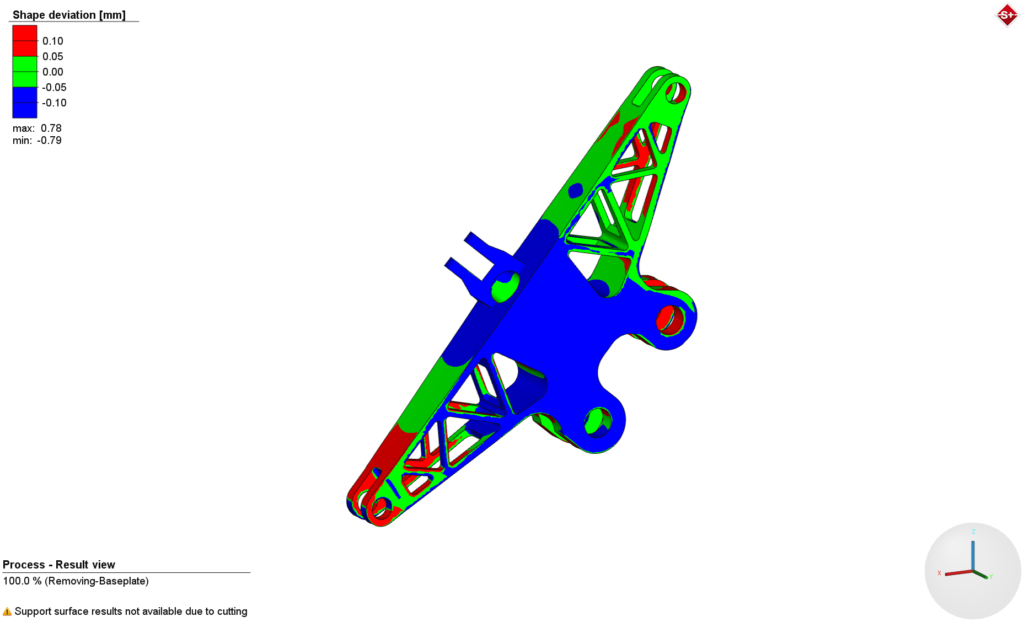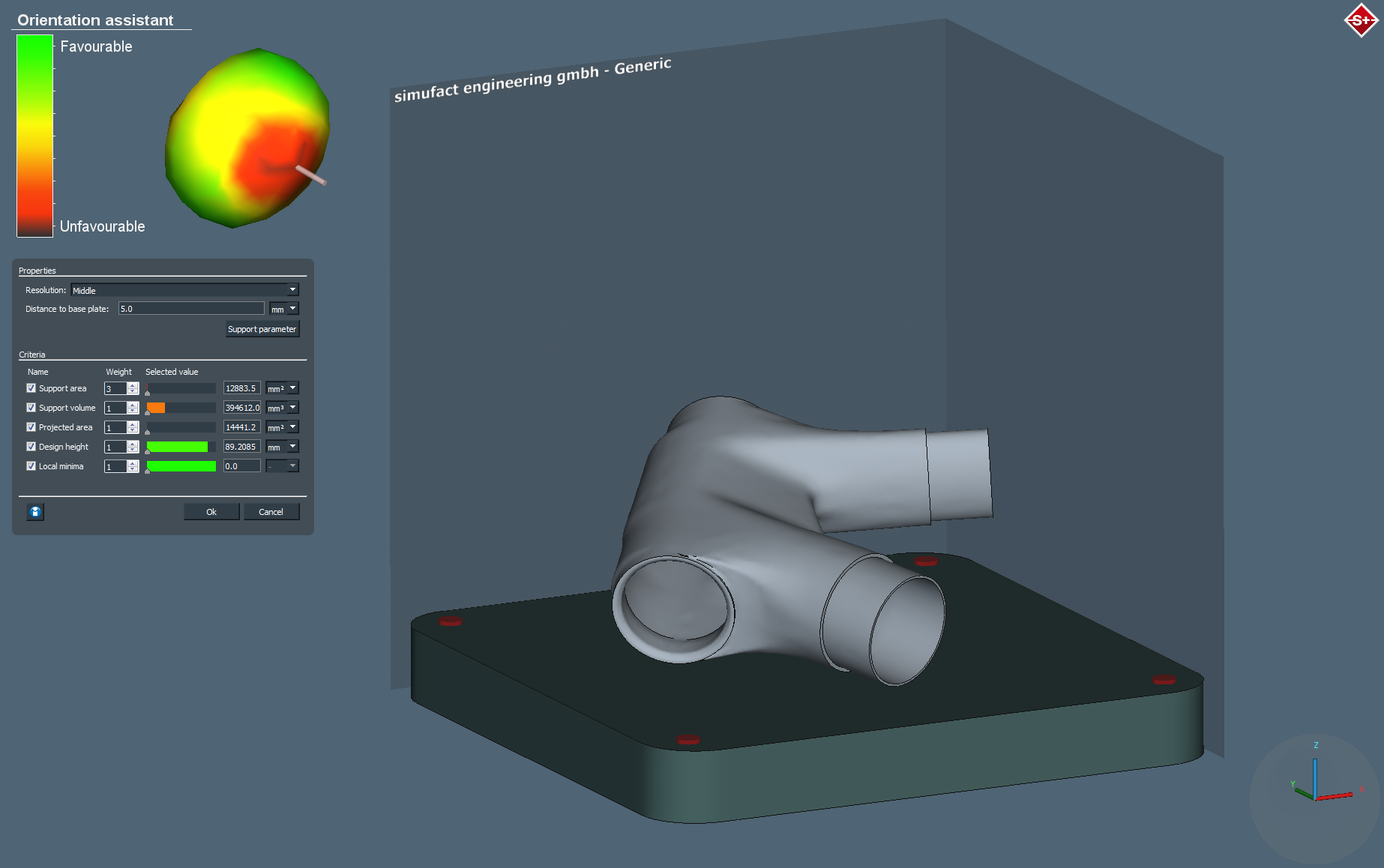The metal forming industry is capable to reduce the number of physical tests by up to 50 percent when relying on simulation, not to mention the possibility to reduce the development time of new components from three weeks down to one week. Such technique is increasingly adopted by the metal AM industry. As we explained yesterday, while speaking about Materialise’s software, simulation is essential to determine the number of defects prior to the production; especially in metal 3D printing processes that require time and money.
Germany-based software company Simufact is currently demonstrating at TCT, the new features of Simufact Additive 4, dedicated to simulation solution for metal AM.

This time, the software company brought improvements in 4 main areas: speed, accuracy, functionality, and usability. Furthermore, basic operations such as adjusting the density and angle of the supports are now possible to achieve thanks to a collaboration with Materialise. The software now provides more support structure capabilities.
“The software comes with a workflow-oriented user interface, which our customers report as the best-in-class GUI,” Dr. Patrick Mehmert, Product Manager Additive Manufacturing, says. “We will continue this approach with new functionality available in Simufact Additive 4, which efficiently guides the user through the simulation process workflow and supports him with new automation and assistant functionalities. The software helps the user to identify the best build orientation, completely compensate final part distortion automatically below a given threshold, optimize support structures automatically and predict manufacturing issues such as cracks, shrinklines, and recoater contact. It is also possible to calculate the temperature field for multiple parts on the base plate including pre-heating of the base plate.”
Lastly, by allowing interfacing with third party solutions in the AM process chain, such as OEM build preparation software, Simufact has addressed a key issue of the process chain: interoperability. It is now possible to export results in 3D universal format; for structural analyses or fatigue calculation for instance.
For further information about 3D Printing, follow us on our social networks and subscribe to our newsletter!
Would you like to be featured in the next issue of our digital magazine? Send us an email at contact@3dadept.com






